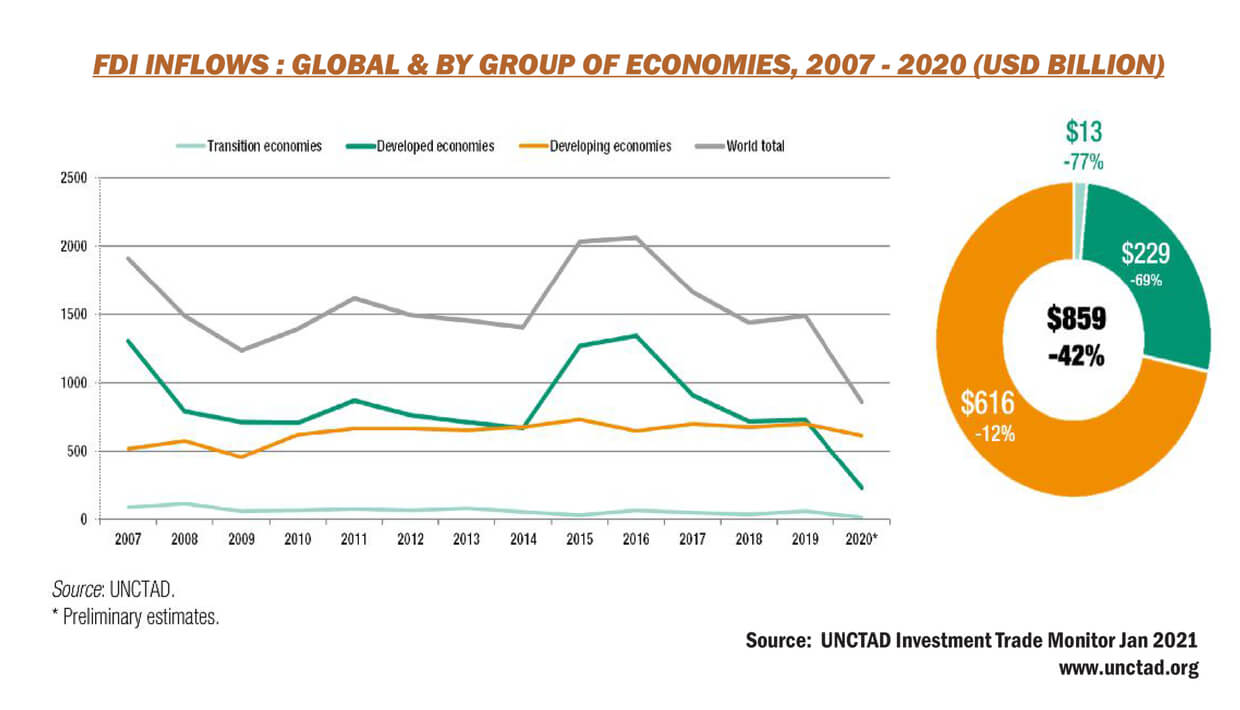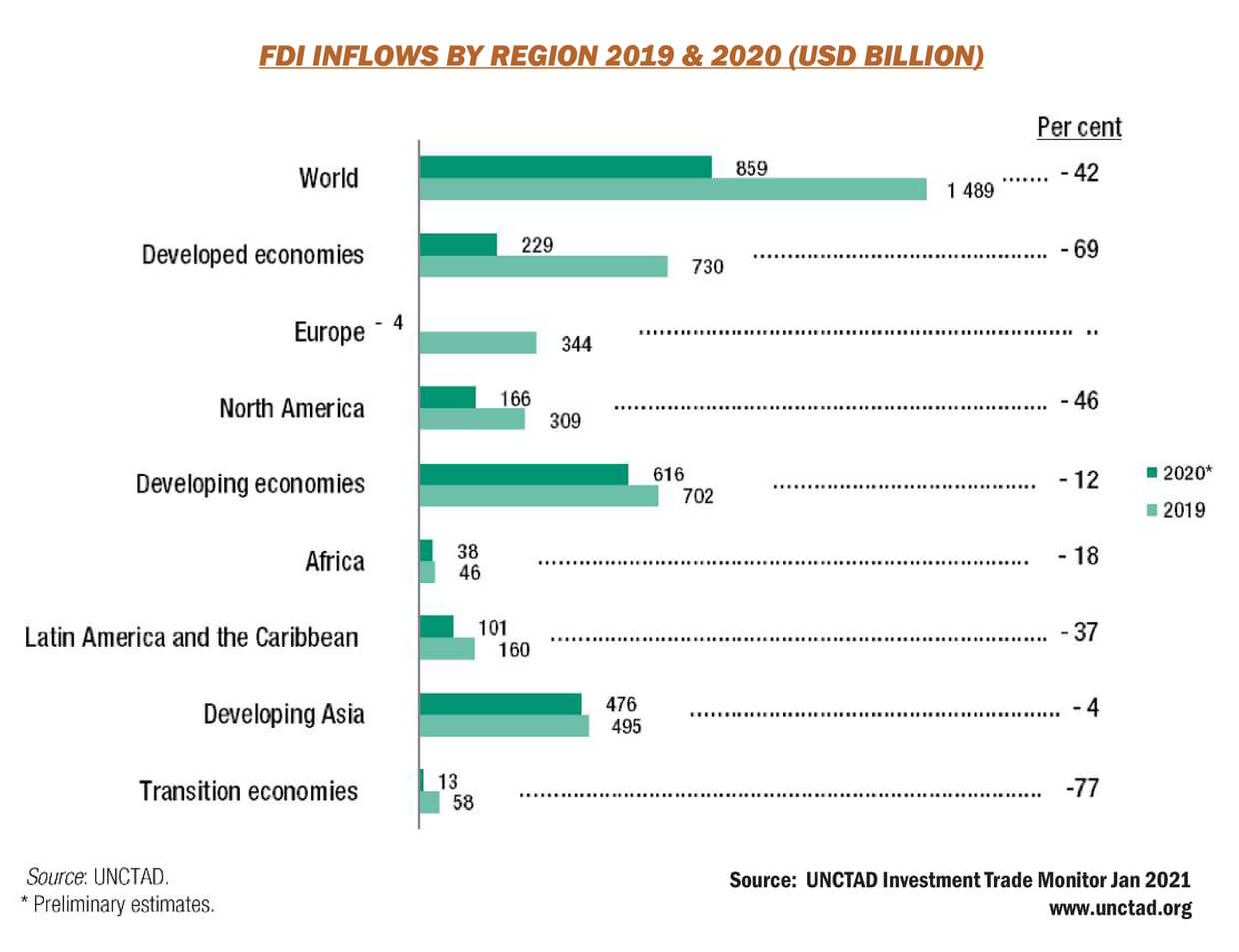- Key Aspiration Productivity Nexus 2021
- King of Fruits in the Land of the Rising Sun
- Malaysia External Trade Statistics
- Malaysia, High-Value Investment Destination in Asia
- Malaysia, Investment Destination of Choice
- Pandemic-fuelled Growth for Retail on e-Commerce
- Specialised Services a Boon for SMEs
- Trudging on in the Wake of COVID-19
- Update to Safeguard Investigation into Ceramic Imports




